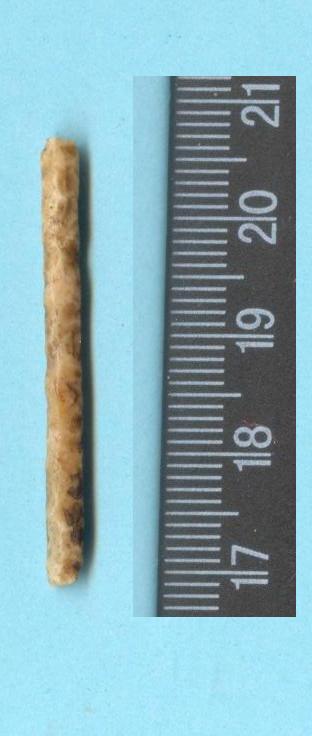Drills have been a part of the Native American tool kit at least since the Dalton period. Evidence for this antiquity is seen in the use of exhausted Dalton type points as drills. The use of exhausted point types like the Kirk Corner Notched and Kirk Stemmed and Serrated types (above) have continued through time and is one of the clear indicators in dating drills.
Drills often measure between 2 and 4 inches in length. They are diamond in cross-section and are equal in width and thickness. It is not unusual to find drills broken as their shaft is long and thin. Not all drills were made from exhausted points. These forms are often referred to as “key drills” and have an expanded hafting area (figures 6,7,8). This hafting configuration was not always used and drills were simply rounded or pointed in the hafting area (figures 9,10, &11).

Drill material has not always been limited to chert.Shark teeth and shell have also been used for drilling purposes.The hardness and durability of chert made it a popular choice for drilling, yet the large holes made in hardstone were not made with chert bits, but with reed and sand.Micro drill bits made of chert (figure 12) were specifically made for drilling plummets and beads and, in rare instances, recovered drill bits have actually been matched to the things they were used to drill.Most often those materials were organic and did not last through time.Other parts of the drilling equipment were organic and did not endure through time.The bow and twine has passed, however some balance weights have been recovered as an indication of the technology that had been used.